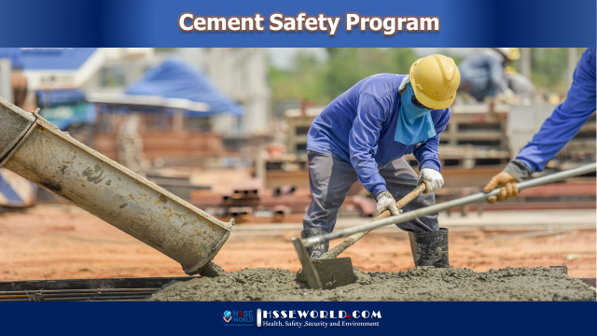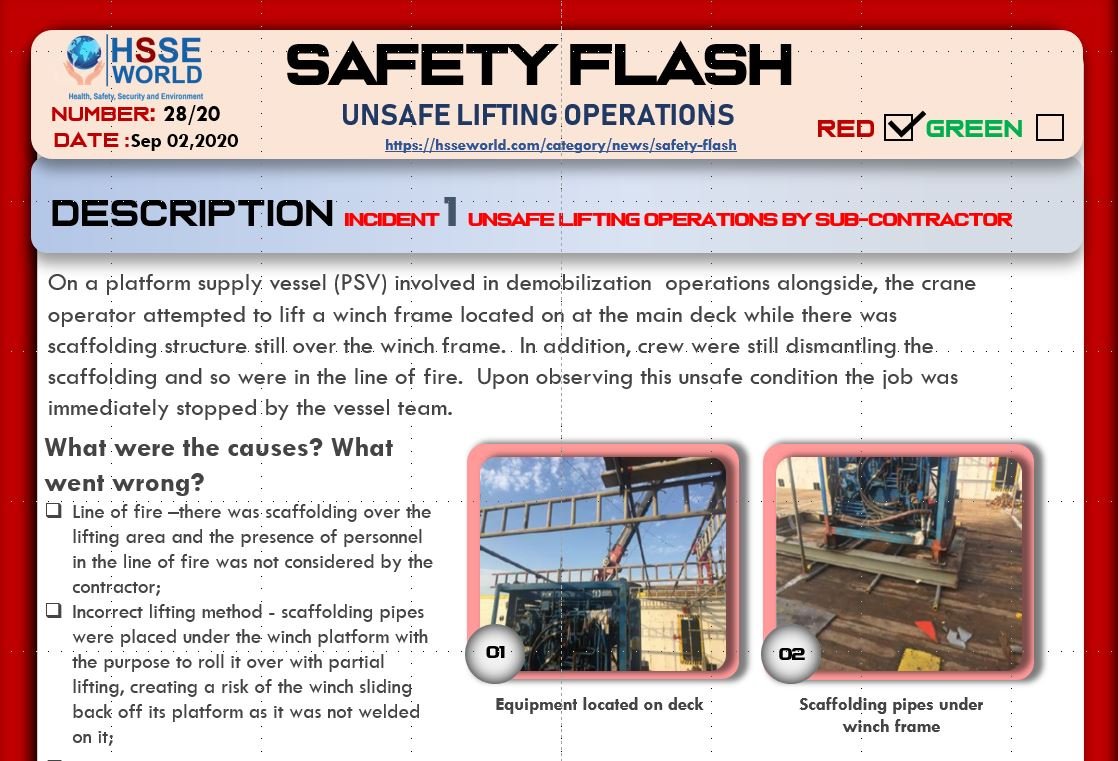The terms cement and concrete are often used interchangeably, but cement is an ingredient in concrete. Cement is manufactured through the high-temperature heating of materials like silica, alumina, and iron, which results in a material called cement clinker. Clinker is then ground and mixed with limestone and gypsum to produce concrete. Concrete is a mix of aggregates (sand and gravel or crushed stone) and paste (water and cement). Portland cement is a generic term to describe the type of cement used in almost all concretes.
Concrete is one of the most widely used construction materials in the world. In 2021, cement production reached 92 million metric tons in the U.S. and 4.4 billion metric tons worldwide. Most concrete is poured without injury. However, there are dozens of cases each year of painful debilitating chemical burns from exposure to cement.
In this article you will be familiar with :
- Who is at risk?
- What are the health hazards?
- How can cement hazards be prevented or controlled?
Also Read: Working safely with cement -Safety Moment #2
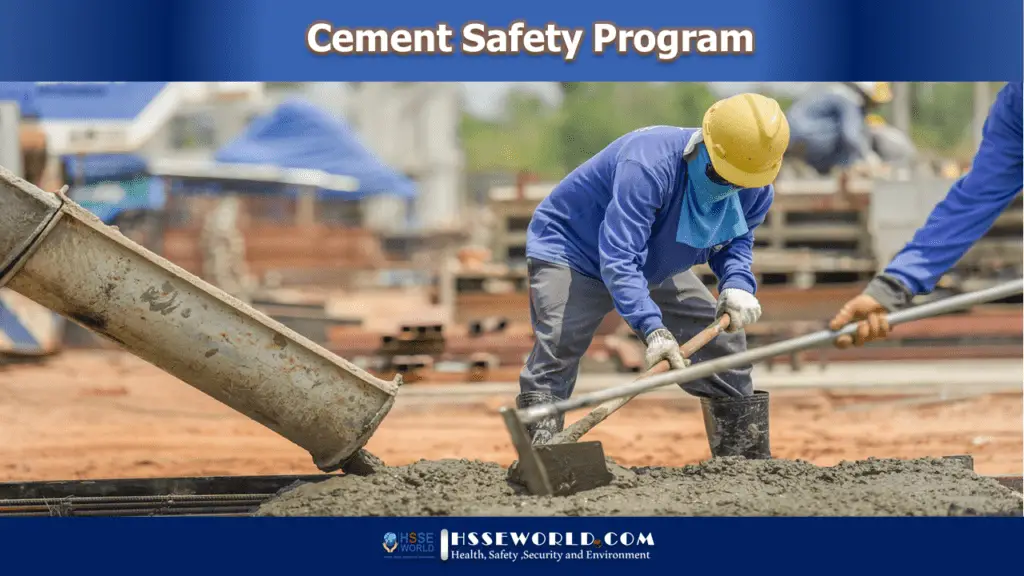
Who is at risk?
Construction workers, plasterers, bricklayers, and anyone who uses, transports, or manages the use of cement or cement products should be aware of the hazards. Cement products include, but are not limited to, mortar, plaster, stucco, concrete, terrazzo, and non-specialty grout.
What are the health hazards?
Safety issues exist in all phases of concrete production, including the manufacture of portland cement and pre-cast concrete products, as well as during the use of concrete in construction. Cement can cause health issues through:
- skin contact;
- eye contact;
- inhalation of dust; and
- manual handling.
Hazardous materials in wet concrete and mortar include:
- alkaline compounds such as lime (calcium oxide) that are corrosive to human tissue;
- trace amounts of crystalline silica that is abrasive to the skin and can damage lungs; and
- trace amounts of chromium that can cause allergic reactions.
Also Download: Photo of the day: Incident Investigations
Skin Contact
Contact with wet cement can cause:
• Dermatitis
Skin affected by dermatitis (skin irritation or inflammation) feels itchy and sore, and looks red, scaly, and cracked. Cement can cause both irritant and allergic dermatitis.
- Irritant dermatitis is caused by the physical properties of cement that irritate the skin. The fine particles of cement, often mixed with sand or other aggregates to make mortar or concrete, can chafe the skin. Irritant dermatitis usually clears up with treatment; but if exposure continues over a long period, the person can develop allergic dermatitis.
- Allergic dermatitis is caused by a sensitivity to one of the compounds in cement known as hexavalent chromium (chromate). Once someone becomes sensitive to chromate, any future exposure may trigger dermatitis. Some employees have been forced to change careers because of this allergy. The longer skin is in contact with chromate, the more it penetrates the skin, and the greater the risk of irritation and injury becomes.
Also Read: Occupational Contact Dermatitis
• Cement burns
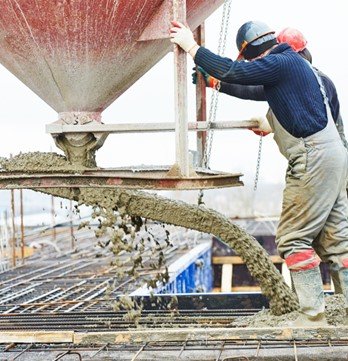
Wet cement has a high pH (potential hydrogen) due to the addition of calcium oxide. When mixed with water, it turns into calcium hydroxide with a pH between 12 and 14 (a high alkaline). When wet cement is immediately washed off, it causes little irritation. However, if left on the skin for long periods, alkaline compounds from the wet cement penetrate the skin and cause serious chemical burns.
For instance, when wet concrete or mortar is trapped against the skin such as when it falls inside a worker’s boots or gloves or soaks through protective clothing – the result may be first-, second-, or third-degree burns. Blisters, dead or hardened skin, or black or green skin can result. In severe cases, cement chemical burns can extend to the bone, causing disfiguring scars or disability. These injuries can take several months to heal and may involve hospitalization, skin grafts, or amputation. Never rely on pain or discomfort as a sign to wash cement off the skin.
Eye Contact
When a splash of concrete or the dust from cement enters the eye it can cause redness, chemical burns, or in more serious cases, blindness. Always immediately flush the eye with clean water and seek medical treatment at an emergency room or burn hospital if cement or cement products contact the eye.
Inhalation of Dust
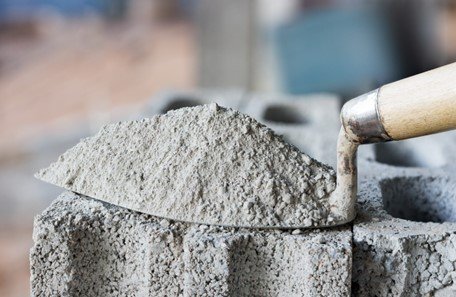
Handling cement such as emptying or disposing of bags can produce high levels of dust. Inhaling cement dust can cause choking, nose and throat irritation, and difficulty breathing. Sanding, grinding, or cutting concrete can also release large amounts of dust containing high levels of crystalline silica. Prolonged or repeated exposure can lead to a disabling, often fatal lung disease called silicosis, which scars the lungs and harms a person’s ability to breathe. Some studies also indicate a link between crystalline silica exposure and lung cancer.4
Manual Handling
Working with cement also poses risks such as sprains and strains, particularly to the back, arms, and shoulders. Repeated lifting and carrying of heavy loads, such as cement bags, or the twisting and turning of mixing mortar, can lead to muscle strain, ligament sprain, bulging or herniated discs, nerve damage, and other musculoskeletal disorders.
How can cement hazards be Prevented or controlled?
The following tips for handling and using cement safely can protect the health of workers.
Personal Protective Equipment (PPE)
Wear PPE to protect the skin, eyes, and lungs from cement and cement mixtures. PPE should include:
- alkali-resistant gloves;
- coveralls with long sleeves (tucked into gloves);
- full-length trousers (tucked inside boots and duct-taped at the top to keep mortar and concrete out);
- waterproof boots high enough to prevent concrete from flowing in when workers stand in fresh concrete;
- suitable respiratory protective equipment such as a P, N, or R 95 respirator when cement dust cannot be avoided; and
- suitable eye protection for mixing, pouring or performing other activities that can endanger eyes (such as at a minimum, goggles or safety glasses with side shields, or, under extremely dusty conditions, tight-fitting, unvented, or indirectly vented goggles).
Do not wear contact lenses when handling cement or cement products!
Also Read: Safety Requirements during Concrete Operations
These steps can help employers prevent cement-related hazards.
• Minimize exposure to cement dust
Work to reduce the amount of cement dust that is released by:
- having different sizes of blocks on hand (if laying blocks) to avoid cutting and hammering to make them fit;
- using wet-cut rather than dry-cut masonry products when possible;
- mixing dry cement in well-ventilated areas;
- working upwind from dust sources;
- using ready-mixed concrete instead of mixing on-site; and
- wearing eye protection when opening cement sacks and during
- mixing.
• Control skin contact
Employers and employees can eliminate or control cement dermatitis and chemical burns by:
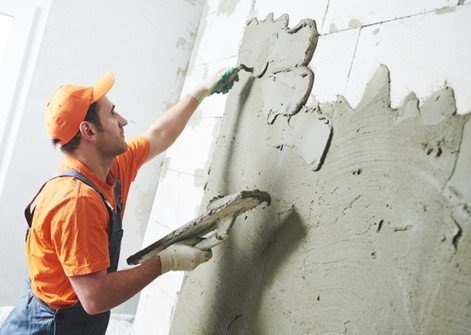
- Use dry boards or waterproof kneepads when kneeling on fresh concrete to protect knees from water that can soak through the fabric ;
- removing jewelry, such as rings and watches, to keep wet cement from collecting underneath;
- washing skin immediately with large amounts of cool, clean water after coming into contact with wet cement;
- removing clothing contaminated by wet cement immediately;
- barring employees from washing their hands in buckets used for cleaning tools;
- ensuring that workers have wash facilities with running water, soap, and towels, and a sink large enough to wash the forearms in after contamination;
- requiring workers to wash their hands and face at the end of a job and before eating, drinking, smoking, or using the toilet; and
- providing facilities for cleaning boots and changing clothes.
Also Read: Drilling fluids Exposure
• Prevent dust inhalation
The elimination of cement dust inhalation can be prevented by:
- purchasing ready-mixed concrete when available;
- establishing control measures to prevent inhalation of dust when ready-mix concrete is not possible;
- using mortar silos when
- possible, to eliminate cement bag handling and sand shoveling; and
- using appropriate respirators and safety goggles as needed.
• Avoid Injuries from heavy lifting
Working with concrete is physically demanding due to the weight of the materials and the repeated bending, lifting, and twisting. Injuries caused by heavy lifting can be prevented by:
- purchasing cement in bags no heavier than 40 pounds, or ordering it in bulk supply;
- using two-person lift teams, lifts, or dollies as needed; and
- establishing other control measures as needed to prevent lifting injuries.
• Provide training, monitoring, and reporting
Employers are required to provide:
- information, instruction, and training to employees on the safety, risks, and precautions needed to prevent cement-related injuries;
- regular health supervision to those who work with wet cement or concrete products that expose them to possible disease;
- skin inspections (simple observations) by a competent person who can recognize the signs and symptoms of cement-related injury and illness; and
- work-related incident reports to OSHA and the Division of Workers’ Compensation (DWC) using OSHA Form 300, Log of Work-Related Injuries and Illnesses; Form 301, Injury and Illness Incident Report, and Company Incident Report Form.
Also Read: 6 Tips to Ensure GHS Compliance for Smaller, Down-Packed Chemical Container Labels
Review Questions
- Cement can cause skin problems.
- True or False
- Should skin problems be reported on the OSHA Form 300, Log of Work-Related Injuries and Illness?
- Yes or No
- Cement burns heal quickly.
- True or False
Answers
1. True, cement can cause dermatitis and burns. 2. yes occupational skin problems must be reported on Form 300. 3. False, it takes several months for cement burns to heal.
Also, Read: Safety Requirements during Concrete Operations
Please visit our Safety Resources SAFETY BAG to have many Safety Resources

